« Return to all search results
Title Search Results
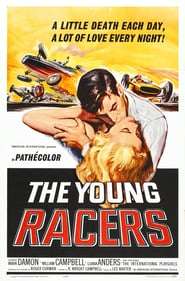
A film constructed around footage shot of actual Grand Prix races in Europe.

The resort town of Weneshkeen, nestled along Michigan’s Gold Coast, has become a complex melting pot: townies and old timers mix with ritzy summer folk, migrant cherry pickers, wily river guides, and a few Ojibwe Indians. As the summer blooms, these lives mingle in surprising ways–a lifelong resident and Vietnam Vet pursues the take-no-guff deputy sheriff, while plotting revenge against the jet-skiers polluting his beloved lake; a summer kid from downstate stumbles into a romance with the sexiest rich girl in town; the town’s retired reverend discovers the Internet and a new friend in his computer tutor. A resonant social comedy with richly-drawn characters and quirky charm, The Lake, the River & the Other Lake welcomes you into a world that you may never want to leave.From the Trade Paperback edition.
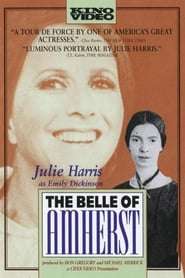
Portrait of 19th century American poet Emily Dickinson based on her poems, letters and notes. This is a taped broadcast of a live one-woman performance.

Tom and Louise meet in a pub immediately before their weekly marital therapy session. With each successive episode we piece together how their lives were, what drew them together and what has started to pull them apart.
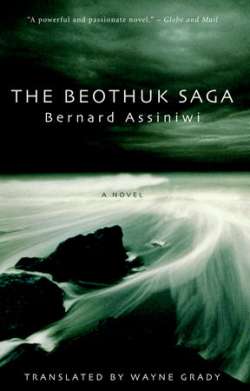
This astounding novel fully deserves to be called a saga. It begins a thousand years ago in the time of the Vikings in Newfoundland. It is crammed with incidents of war and peace, with fights to the death and long nights of lovemaking, and with accounts of the rise of local clan chiefs and the silent fall of great distant empires. Out of the mists of the past it sweeps forward eight hundred years, to the lonely death of the last of the Beothuk.The Beothuk, of course, were the original native people of Newfoundland, and thus the first North American natives encountered by European sailors. Noticing the red ochre they used as protection against mosquitoes, the sailors called them “Red-skins,” a name that was to affect an entire continent. As a people, they never were to be understood. Even The Canadian Encyclopedia admits: “Very little is known about Beothuk society and even less about Beothuk history.”Until now. By adding his novelist’s imagination to his knowledge as an anthropologist and a historian, Bernard Assiniwi has written a convincing account of the Beothuk people through the ages. To do so he has given us a mirror image of the history rendered by Europeans. For example, we know from the Norse Sagas that four slaves escaped from the Viking settlement at L’Anse aux Meadows. What happened to them? Bernard Assiniwi supplies a plausible answer, just as he perhaps solves the mystery of the Portuguese ships that sailed west in 1501 to catch more Beothuk, and disappeared from the paper records forever.The story of the Beothuk people is told in three parts. “The Initiate” tells of Anin, who made a voyage by canoe around the entire island a thousand years ago, encountering the strange Vikings with their “cutting sticks” and their hair “the colour of dried grass.” His encounters with whales, bears, raiding Inuit and other dangers, and his survival skills on this epic journey make for fascinating reading, as does his eventual return to his home where, with the help of his strong and active wives, he becomes a legendary chief, the father of his people.“The Invaders” takes us to the time when Basque, Breton, Spanish, Portuguese, French and English fishermen and explorers thronged the waters off Newfoundland. All too often they raided, kidnapped or slaughtered the natives, who – unable to communicate in words – learned to fight back in guerrilla attacks. We learn the names of the men and women who led this heroic unequal struggle, brilliantly imagined here as it must have been.The final section is able to stick very closely to recorded fact; it is entitled “Genocide.” We learn of the state of the Beothuk nation by the late 1700s, hunted down to a man, a woman, and a child) with a bounty on their heads. Here the heartbreaking story is told by Demasduit (named “Mary March” because she was captured in March) and finally by Shanawdithit, the last Living Memory of the Beothuk, who died in St. John’s on June 5, 1829.To emphasize the authenticity of this important book – its voice filling one of the silences of history – it concludes with a Chronology of Events in Beothuk History, and a Lexicon of the Beothuk language. These are unusual additions for a novel. Yet this unforgettable book is something much more than a work of fiction; it is an imaginative reconstruction of a history that has been destroyed. Whether you are a Bouguishamesh or an Addizabad-Zéa, you will remember this book.
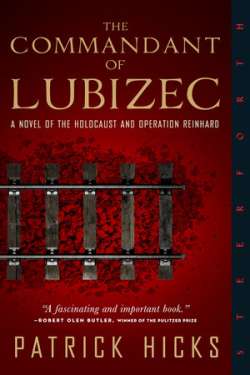
After the Nazis invaded Poland in 1939, they quickly began persecuting anyone who was Jewish. Millions were shoved into ghettos and forced to live under the swastika. Death camps were built and something called "Operation Reinhard" was set into motion. Its goal? To murder all the Jews of Poland.The Commandant of Lubizec is a harrowing account of a death camp that never actually existed but easily could have in the Nazi state. It is a sensitive, accurate retelling of a place that went about the business of genocide. Told as a historical account in a documentary style, it explores the atmosphere of a death camp. It describes what it was like to watch the trains roll in, and it probes into the mind of its commandant, Hans-Peter Guth. How could he murder thousands of people each day and then go home to laugh with his children? This is not only an unflinching portrayal of the machinery of the gas chambers, it is also the story of how prisoners burned the camp to the ground and fled into the woods. It is a story of rebellion and survival. It is a story of life amid death.With a strong eye towards the history of the Holocaust, The Commandant of Lubizec compels us to look at these extermination centers anew. It disquiets us with the knowledge that similar events actually took place in camps like Bełzec, Sobibór, and Treblinka. The history of Lubizec, although a work of fiction, is a chillingly blunt distillation of real life events. It asks that we look again at "Operation Reinhard". It brings voice to the silenced. It demands that we bear witness.

Ponce Morris is a beautiful, rich widow who's known as 'the spare wife' because she's the perfect companion to the wealthy, powerful, New York couples in her elite social circle. She throws elegant dinner parties, goes to sports events with the husbands, and shops with the wives. She's both flawlessly appropriate and coolly nonthreatening?everyone knows Ponce doesn't have a romantic bone in her body. Over the years, she has managed other people's lives—and her own—perfectly. Then Babette Seele, an ambitious, aspiring journalist, discovers that Ponce is having an affair with a socially prominent, very married man, and decides to break the scandal, turning Ponce's carefully calibrated world upside down.
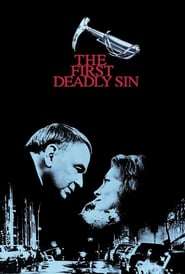
A serial killer is stalking New York. Inspector Edward X. Delaney is an NYPD detective, nearing retirement, who is trying to put together the pieces of the case. Are the victims somehow linked? What does the brutal method of death signify?
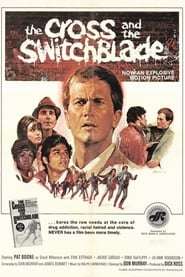
A film adaptation of a book written in 1963. It tells the true story of Wilkerson's first five years in New York City, where he ministered to disillusioned youth, encouraging them to turn away from the drugs and gang violence they were involved with.
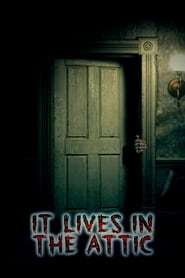
The lives of several people take a terrifying turn after discovering the attic in an old house with a mysterious past.
